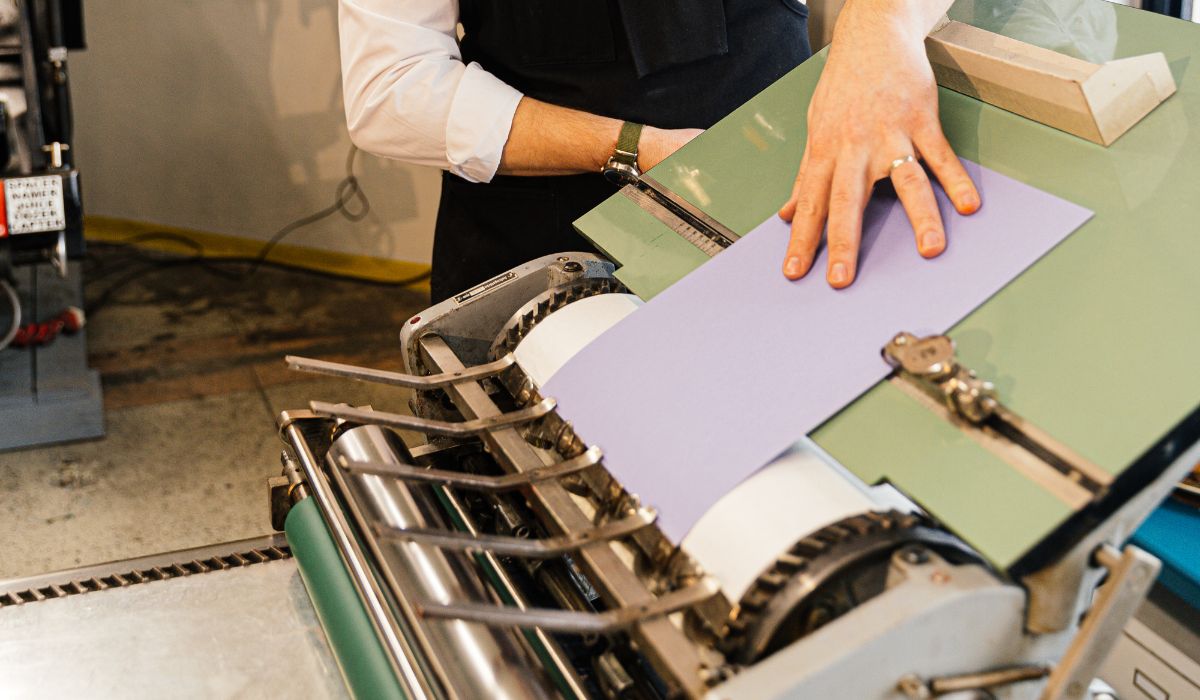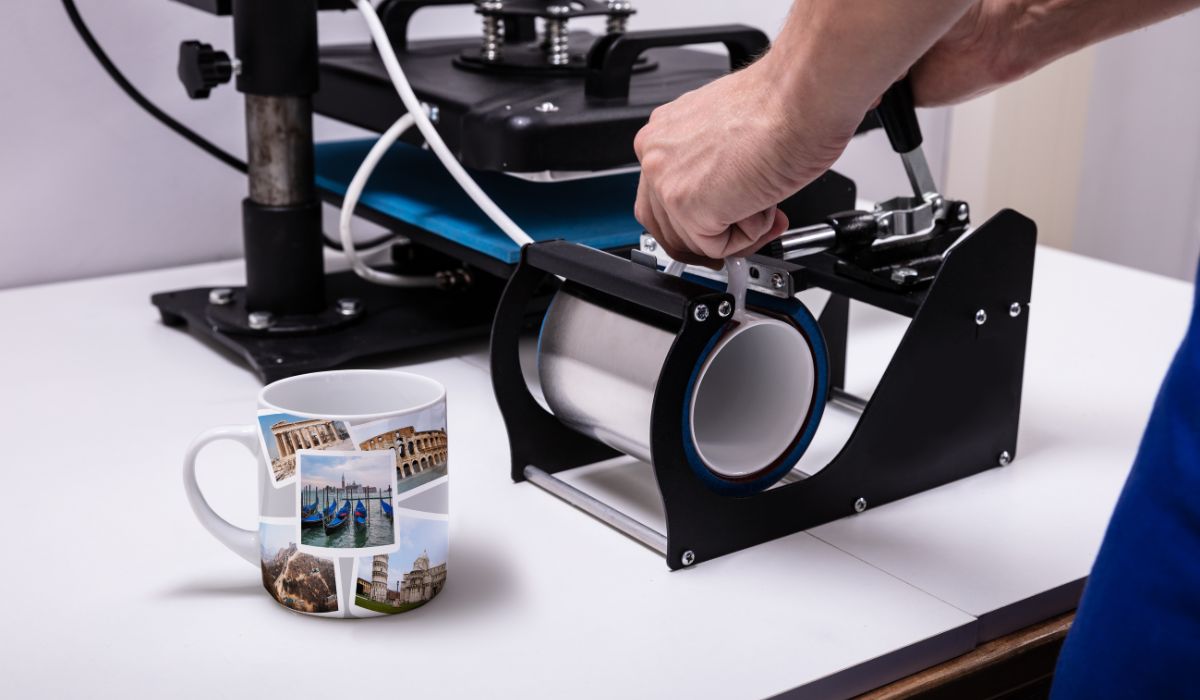When it comes to turning digital memories into physical prints, people often wonder—should I print these at home or send them to a service? With different price points, paper types, and effort involved, it’s not always an easy decision.
This question matters to hobby photographers, families making photo albums, students working on school projects, and creators printing art. Budget, quality, and convenience all play a role in choosing the right option.
Printing Photos at Home: Upfront and Long-Term Costs

At first glance, printing your own photos seems flexible and fast. But the true cost includes much more than just the printer. You’ll need to consider equipment, ink, paper, and long-term wear.
Photo printers vary in price. A basic inkjet that supports photo printing may cost around $100, while dedicated photo printers like dye-sublimation models can range from $150 to $500 or more. These printers offer higher resolution, deeper color accuracy, and better longevity, but they come at a price.
Then there’s the ink. Photo printing consumes a lot more ink than regular documents. Depending on your printer model, a full ink cartridge replacement could cost $30 to $100. Premium photo paper adds another layer of cost — often $15 to $30 per 100 sheets for good-quality glossy or matte finish.
Hidden costs are easy to overlook. Ink can dry up if unused for too long. Some printers require frequent calibration or head cleaning, which wastes both ink and time. And when your printer wears out after a couple of years, you’ll be back at square one.
So while printing at home gives you control and immediate access, the long-term expenses can stack up fast — especially if you print often or at high volume.
Using a Photo Printing Service: What You Pay For
Photo printing services seem simple — upload, pay, and wait — but the pricing can vary widely. Understanding how they structure their fees helps you know what you’re really paying for.
The cost per print is usually low, especially for standard 4×6 photos. Prices typically range between $0.09 and $0.39 per print, depending on the provider. Larger prints like 8×10 can cost between $1 and $3. Services often offer discounts for larger quantities, especially during sales or seasonal promotions.
Shipping costs can add up unless you choose in-store pickup at places like CVS, Walmart, or Walgreens. Many online platforms like Shutterfly or Snapfish offer free shipping if your order exceeds a certain amount, such as $25. Some apps even provide free prints monthly if you pay a small subscription or shipping fee.
You’ll also see a difference between local photo kiosks and dedicated online services. Local stores may charge slightly more for rush jobs or same-day pickup, while online printers tend to give better bulk pricing if you’re willing to wait.
One advantage of using a service is predictability. You know how much each print will cost, and you don’t have to worry about ink levels or paper jams.
Quality Differences: Resolution, Paper, and Finish
The quality of your printed photos can vary a lot depending on which method you choose — and what you’re printing them for:
- Resolution, measured in DPI (dots per inch), affects sharpness. Most printing services produce prints at 300 DPI, which is industry standard for high-quality photos. Many home printers can match that — but only if settings, paper, and ink are all optimized. Budget printers may produce grainier or duller images.
- Paper type also plays a major role. Home users often choose between glossy and matte sheets sold in packs. Photo labs, however, offer specialized finishes like satin, deep matte, or even textured paper. These offer better contrast, color depth, and a more professional look.
- Fade resistance matters if you’re framing or archiving photos. Most online print labs use fade-resistant inks and offer archival-quality paper. Home-printed photos may not last as long unless you use pigment-based inks and high-end paper, which are more expensive.
- Color accuracy can also differ. Professional printers calibrate their machines. Home printers rely on default profiles, which may produce slightly off-tone results unless you fine-tune them.
Which Is More Convenient?

Convenience is one of the biggest deciding factors for many people.
Printing at home offers instant access. If you need a photo now — for school, a gift, or a frame — it’s hard to beat the speed of printing it yourself. But setup isn’t always smooth. Printer software, ink levels, and paper alignment can create a learning curve.
You also need space and supplies on hand. If you’re out of ink or the paper jams, it can quickly turn into a hassle.
Printing services, on the other hand, make things easier. You upload your photos, choose sizes and quantities, and check out. That’s it. You wait for delivery or pick them up in-store. There’s no maintenance, no ink warnings, and no troubleshooting.
While you don’t get the satisfaction of DIY, you do get peace of mind.
Big Jobs vs Small Prints: When Each Option Wins
If you’re printing a handful of photos — say 5 to 10 — and you already have a working printer and supplies at home, printing yourself might be faster and cheaper in the moment.
But for big batches — like photo books, family albums, wedding collections, or anything over 50 prints — using a service is almost always more affordable. Their bulk pricing and lower cost per print outperform home printing over time.
Services also make more sense for consistent quality, especially if you’re printing for others or gifting.
Final Cost Verdict: Which One Saves You Money?
In most cases, using a photo printing service is cheaper than printing at home — especially when you’re printing large volumes. Home printing gives you more control, quicker access, and better flexibility for one-off prints or creative tweaks, but it comes with higher supply costs and maintenance.
If cost is your top concern, services win. If convenience and control matter more, home printing has its place — just know what you’re getting into.
